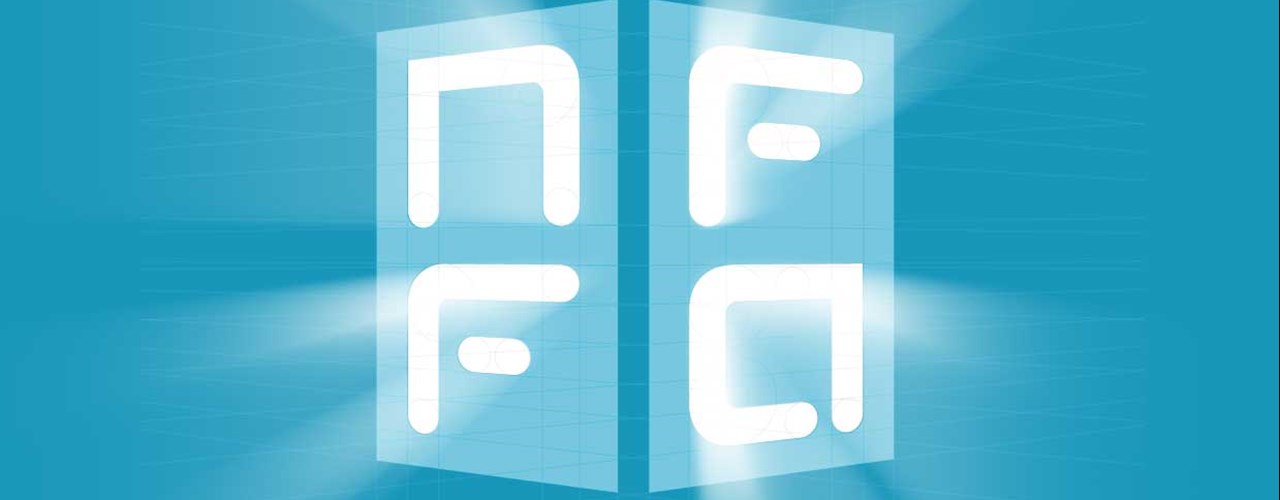NFFA-Europe newsletter
Third issue
In this issue
Application deadline: 14 Jan 2018
Application deadline: TBD
Application deadline: TBD
Application deadline: TBD
NFFA-Europe in its third year of Joint Research Activities: along the road to Transnational access

NFFA-Europe is cruising into its third year of nanoscience activity with all indicators confirming good health and interesting perspectives. After its 7th call, the catalogue of the offered techniques has been recently updated and expanded; the number of submitted proposals is above 220 with a success rate of about 60%; the synergic approach between NF (nanoscience foundry) and FA (fine analysis) activities - that is the original ‘trademark’ of the NFFA-Europe concept - is reflected in the 25% of proposals featuring overlaps with Large Scale Facilities.
A smooth flowchart from submission to experiments is guaranteed by yet another novelty introduced by NFFA-Europe: the Technical Liaison Network (TLNet), the backbone of the single entry point structure that supports the full lifecycle of proposals and acts as interface between users and NFFA-Europe scientists. The Joint Research Activities have developed and matured prototypes and new installations that will be soon entered into the catalogue and made available to users’ experiments. In parallel to this, a number of cross-JRAs meetings have been and will continue to be organized to cross-fertilize ideas and common results among partners. Selected results are highlighted and discussed in this issue of the newsletter and showcased on the NFFA-Europe website, as the case of the nanoscale ‘shrinking buckyball’ , outcome of a joint research effort in nanofabrication obtained by two joint research activities of the project.
The NFFA-Europe Technical Liaison Network (TLNet) acts as an interface between users and NFFA-Europe scientists
Noteworthy, the Information and Data Repository Platform (IDRP) developed and put into operation within one of the Joint Research Activities provides NFFA-Europe users with a service to register, access, share and publish the data produced within the project. For an efficient data archiving, it is essential to incorporate existing standards, recommendations, and evolving best practices of data management, as well as to employ existing e-infrastructures, where applicable. To this purpose, NFFA-Europe is developing a close and collaborative cooperation with EUDAT, a Pan-European infrastructure providing data services, training and consultancy for research communities. The web interface deployed by NFFA-Europe is online and accessible from a Virtual Private Network (VPN). Such approach has been applied to roughly 20,000 labelled images to classify Scanning Electron Microscopy (SEM) image by means of a deep neural network and recently published.

